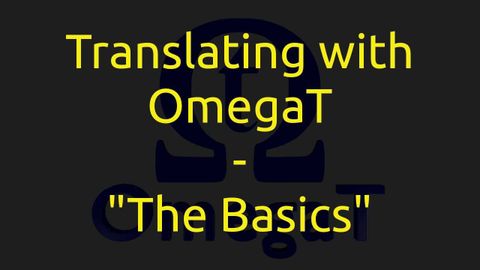
Subtitles & vocabulary
Translating with OmegaT - The Basics
00
rain posted on 2014/11/05Save
Video vocabulary
create
US /kriˈet/
・
UK /krɪ'eɪt/
- Transitive Verb
- To make, cause, or bring into existence
- To cause something to happen; to give rise to a particular situation or state.
A1
More bold
US /bold/
・
UK /bəʊld/
- Adjective
- Brave; very confident; too confident
- Having a strong, vivid, or striking appearance or flavor
- Noun
- Darker heavier shade of a font
B1
More project
US /prəˈdʒɛkt/
・
UK /prəˈdʒekt/
- Verb (Transitive/Intransitive)
- To predict what will happen in the future
- To show something on a screen using light
- Noun (Countable/Uncountable)
- A planned piece of work for specific purpose
- Group of homes built by government for poor people
A1TOEIC
More text
US /tɛkst/
・
UK /tekst/
- Transitive Verb
- To send a message by phone or other device
- Uncountable Noun
- Any form in which writing exists
- Reading or audio passage, often a story or article
A1
More Use Energy
Unlock All Vocabulary
Unlock pronunciation, explanations, and filters
